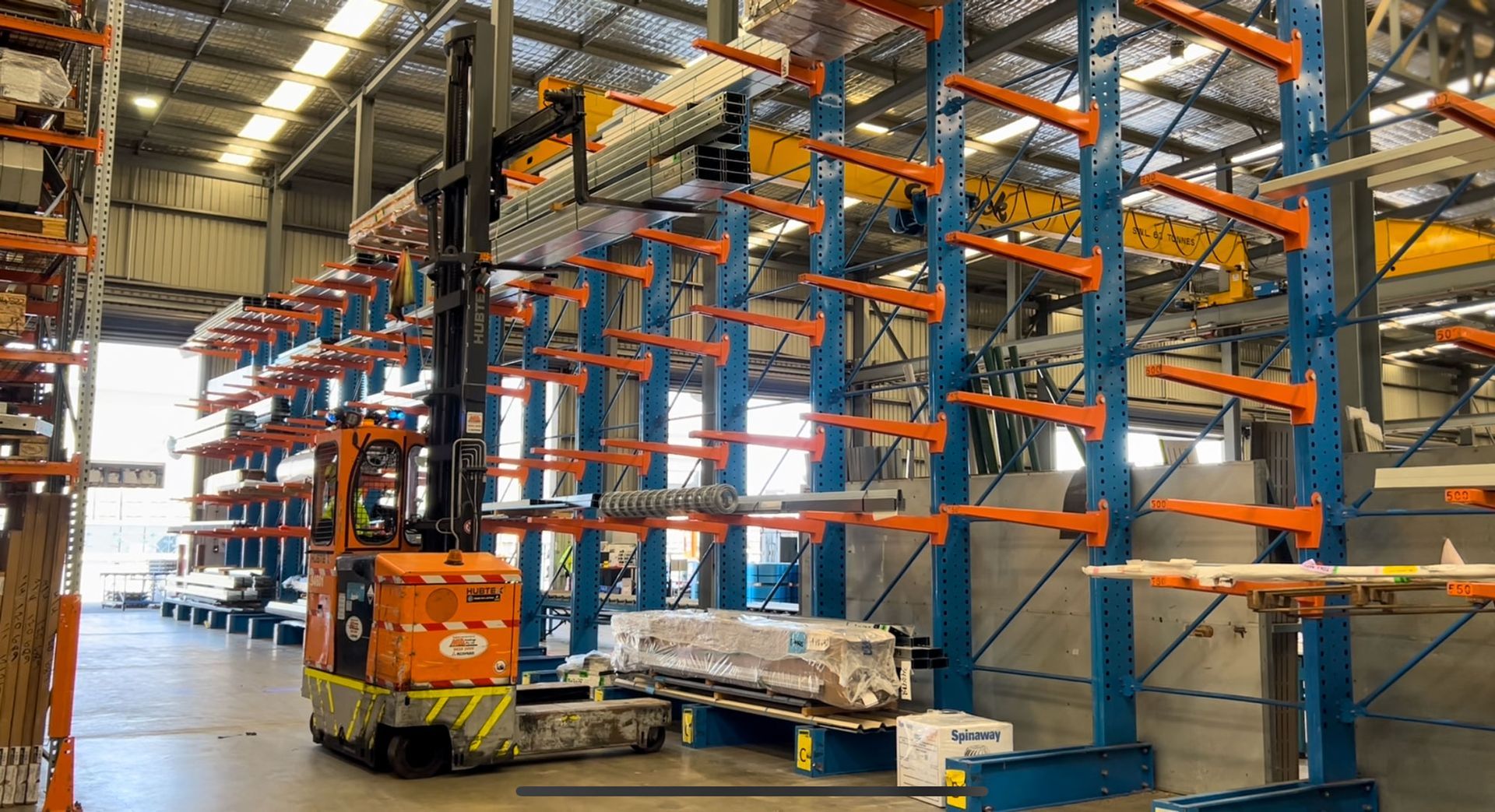What is a Toxic Work Culture? | IRP
How to avoid a toxic work culture in your workplace
How many times have you asked an applicant why they left their last job, and they’ve responded with, “the place was toxic”? It’s a reason that seems to be on the rise. So, are employees describing their workplaces as toxic because they were spoken to about having too many days off, or is the workplace really toxic?
Addressing your employee’s performance issues and holding them accountable is generally not the sign of a toxic culture. How those issues are dealt with may be a problem which leads us to the question: what are the indicators of a toxic workplace?
Some of the signs of a toxic workplace include:
- Constant gossip and rumours, especially about management or the company
- Employee turnover is high, i.e. greater than 40%
- Regular and significant conflict between employees, departments or management
- Lack of motivation
- Poor communication
- Stress and excessive pressure
- Unsustainable working hours and overtime
- High level of bad reviews on Glassdoor, Indeed and other social platforms
What we found from our experience
When an applicant describes their past or current workplace as toxic, it's important for us as part of our interview process to explore that reason so we understand what toxic really means.
What we’ve found is that some applicants misuse “toxic” as the description of their workplace when being asked to turn up on time, or follow rules around mobile phone use, or if they’re questioned about the 15 days they’ve had off in the past 3 months.
In many more cases there is a likelihood, or at least a justified perception, that their past workplace was actually toxic in some way.
The main reasons why employees describe a workplace as toxic are:
- The behaviour of a few bad apples
- Setting of expectations is perceived as excessive pressure and being singled out
- Managers or Supervisors are not trusting and micromanaging
- Negative feedback, with little or no recognition
- No development or career opportunity
- Recruiting new employees with bad attitudes and the wrong fit
- High turnover
What should employers do?
The experience that might cause a good employee to leave over an element of toxicity is relatively straightforward to overcome, but as always it starts at the top.
- Senior management should consistently practise and model the right behaviours, the same ones they are communicating and driving. Well-meaning culture statements, or training on your company’s culture and values have very little influence.
- As a senior manager, the behaviour you accept in your workplace is your culture. Embrace the right culture and correct the bad at every opportunity.
- Look to terminate toxic employees at the earliest possible point and avoid giving them too many chances. This is a leopard that almost never changes its spots.
- Listen to your employees, engage them in an open conversation without judgment. This is not a time to be solving the problem or challenging their version of events. It’s about your employee’s feedback on how they perceive the culture.
- Go back to the group and share the ideas and things you plan to roll out. Encourage their feedback and suggestions.
- Recruit on culture fit whenever possible. Avoid relaxing the criteria when recruiting hard-to-find skilled people.
- Implement or bring back your employee performance feedback system. This can be informal activity that occurs day-to-day on a shift where you or your supervisors are providing on the spot acknowledgment, recognising good work or giving extra responsibility to complete a project or challenging job.
How can IRP help?
Helping businesses improve their workplace culture is part of what we do at IRP. It starts by recruiting people who are the right fit and will add to the sort of culture you’re looking to develop or reinforce. But we can also assist with performance feedback, dealing with toxic employees, analysing and understanding employee perceptions, and supporting managers in reinforcing and embracing the right behaviours.
Contact Alex Young for support with your recruitment or retention needs – email hello@irp.net.au or call Alex on 0407 187 327.
Join Our Mailing List
Interested in receiving more content similar to this straight to your inbox each month? Sign up to our mailing list below!











